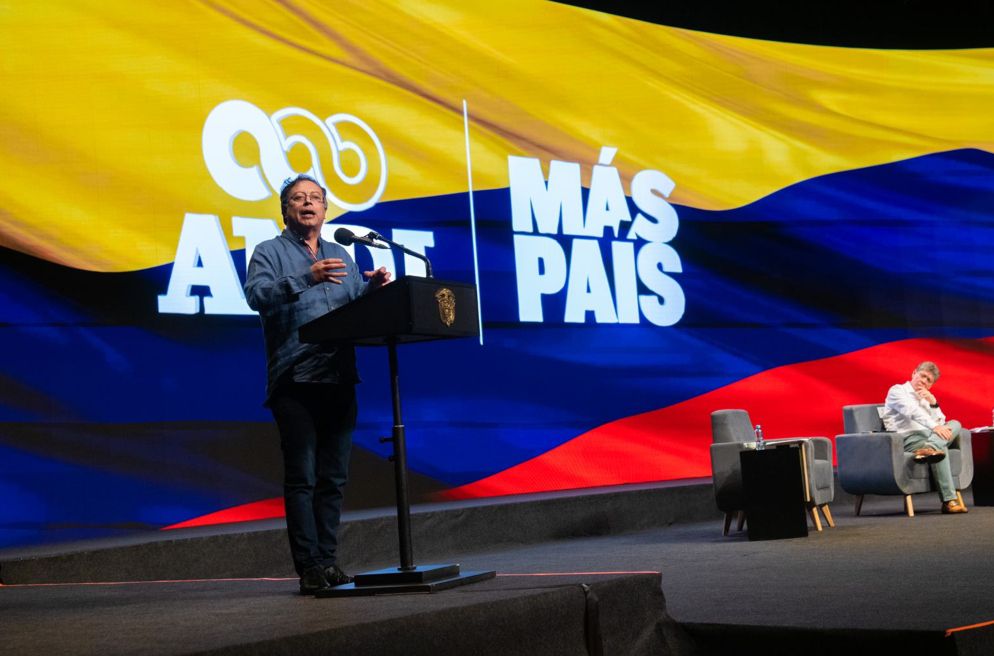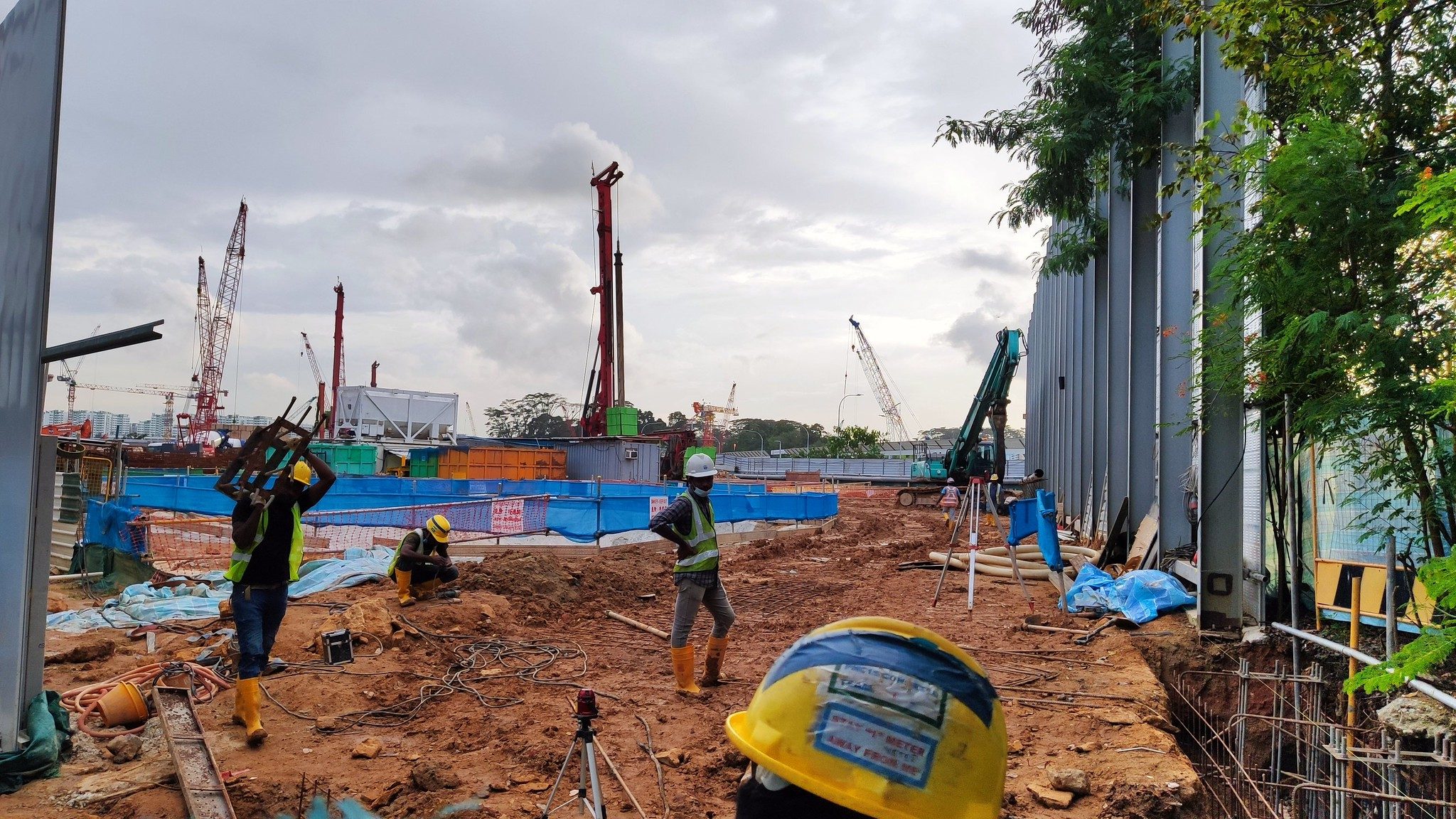PhD candidate Pauline Jerrentrup explores whether enforceable brand agreements are the solution to the exploitation of workers in supplier economies.
On a sunny October morning, an esteemed international arbitrator joins me in a café at Cornell University —a person I am supposed to “network” with that slightly intimidates me. Trucks pass by, making it noisy, and I regret suggesting this place. We speak a little louder.
“The system is broken”, he asserts. Global value chains exploit workers. Workers, especially women, are exploited for us to buy that £5.99 T-shirt. Good for us, good for the brands and hence, unlikely to change. After everything he´s seen, “Enforceable brand agreements are the only hope, the only solution”.
Arbitrators mediate between unions and employers, intervening when disputes get serious. He’s seen a lot. So, are enforceable brand agreements the solution to the problem?
——–
Let’s start with the problem. The global value chain model relies on exploiting cheap and flexible labour, with big brands headquartered in cities like New York or London sourcing products from poorly regulated, low-cost economies. Men and women, facing limited job alternatives, endure exploitative conditions, including excessive hours and poverty wages. Yet, (much to our surprise) the situation is worse for women. In garment factories, where managers and supervisors are mostly men, women fill lower-ranked positions. Women workers face the most precarious working conditions, having to meet daily production quotas while often lacking any employment contract which would ensure basic labour rights. Their vulnerability is exacerbated by intersecting factors such as migration status, single motherhood, and other circumstances. These strongly gendered factories, existing in patriarchal societies, encourage an environment of violence in which verbal, often sexualised abuse is used to “motivate” productivity, as highlighted in a study on Bangladeshi garment workers. Further, the lack of employment contracts and power asymmetries enable men to request “sexual favours” as a prerequisite for employment or promotion (see, e.g., reports from the Dominican Republic and Lesotho factories).
Supplier economies lack incentives for stronger labour laws, which would increase labour costs, given the competition for foreign direct investment. Instead, responding to consumer pressures in the 1990s, brands have introduced their own private governance initiatives, most commonly in the form of voluntary Codes of Conduct and Multistakeholder initiatives. Research reveals that these had none to little effects, as shown by Amengual et al., and MSI Integrity, along with many others. Human rights violations at the end of big brands’ global value chains persist. Hence, the broken system.
The Worker Rights Consortium’s 2022 investigation exposed gender-based violence in Dindigul (India) garment factories, linking it to the death of women workers, including Jeyasre Kathiravel, murdered by her supervisor after prolonged sexual harassment. sourcing from the factory included H&M, Authentic Brands, Marks & Spencer, and Walmart, all of which have their Code of Conducts, and some are part of Multistakeholder Initiatives. The subsequent “Justice for Jeyasre” campaign resulted in H&M, PVH (owns Tommy Hilfiger and Calvin Klein) and GAP signing an enforceable brand agreement with the local union Tamil Nadu Textile and Common Labour Union (TTCU), the supplier and some international NGOs, called the Dindigul Agreement to end Gender-Based Violence and Harassment. What makes this “solution” stand out?
Firstly, enforceable brand agreements are enforceable. In contrast to the sugar-coated promises adorning green labels on that £5.99 T-shirt, which brands cannot be held accountable for fulfilling, enforceable brand agreements are like collective bargaining agreements. They are enforced through binding arbitration, where unions can act as a monitoring mechanism, as also argued by Ashwin et al.
Secondly, enforceable brand agreements include unions as equal partners to brands (with equal veto-rights). This point addresses the criticism of CoCs and MSIs as top-down, detached from local unionising and geared toward lead firms’ interests. Unions can be particularly relevant in representing gender-specific concerns of women workers. In the example of the Dindigul Agreement, it seems that women workers’ needs are well-represented by the TTCU, which is a women-only union. However, unions tend to be male-dominated, and studies have found frequent inclinations towards bravado, and fraternal cultures of leadership, which results in a nested problem of women’s representation in unions (e.g., Bandy & Mendez, 2003). So, the gender-composition of unions may be a factor to be considered when thinking about the promise of enforceable brand agreements specifically related to gender-concerns.
Thirdly, enforceable brand agreements link efforts to improve labour standards in the workplace with brands’ purchasing practices. For example, in the case of the Dindigul Agreement, if the supplier violates its commitments, such as not giving workers paid time off to go to training, H&M is obligated to impose business consequences related to their orders. This creates real incentives for suppliers, unlike voluntary initiatives by which non-compliant suppliers rarely face the consequences and thus lack the incentive to improve working conditions, as shown by Amengual et al. and Locke.
The Dindigul Agreement is one example of two enforceable brand agreements focusing on ending gender-based violence and harassment, next to the Lesotho Agreement. Overall, few enforceable brand agreements exist, with the Fair Food Program and the International Accord (previously Bangladesh Accord) being prominent examples.
————–
The arbitrator on that sunny October day is not alone in his hope for enforceable brand agreements. Scholars increasingly see them as a way forward (e.g., Anner, 2021; Nathan et al., 2022; Reinecke & Donaghey, 2023).
Practitioner interest in enforceable brand agreements is growing, spurred by more legal requirements for firms to report on their efforts in addressing issues like gender-based violence, freedom of association, and collective bargaining within their value chains (e.g., the German Due Diligence Act and EU-level Human Rights Due Diligence negotiations). In the absence of labour standards enforcement in supplier economies, enforceable brand agreements may be an alternative binding mechanism to improve labour standards, encouraged by laws in the global north.
Nonetheless, preliminary conversations with stakeholders involved in enforceable brand agreements suggest challenges in their implementation and scalability. Independent reporting on enforceable brand agreements, specifically those that focus on gender aspects, remains extremely limited. Looking beyond the theoretical promises of enforceable brand agreements, how do they play out on the ground? What works, what doesn´t and why? Are enforceable brand agreements “the solution”? And if so, is it a scalable solution? Questions I aim to answer in my PhD and then discuss at a less noisy place with the enthusiastic arbitrator.
The views expressed in this post are those of the author and do not reflect those of the International Development LSE blog, the London School of Economics and Political Science, or the European External Action Service. The blog is based on the author’s dissertation.
Image credit: UN Women/Fahad Abdullah Kaizer via Flickr.





